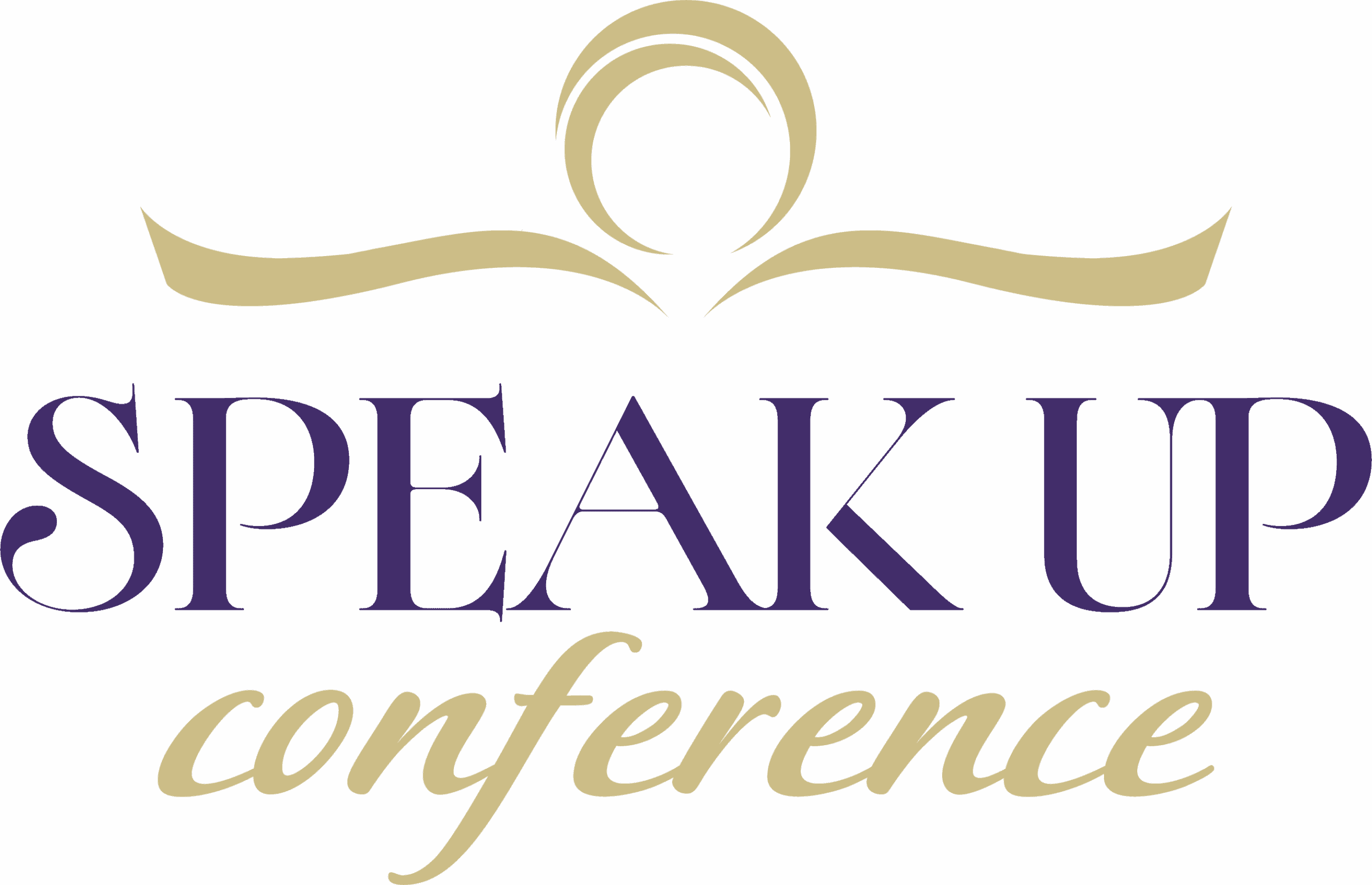
In Part 2, you will go through the ways to use the foundational phrase in the first point of your presentation. We covered the niche and the foundational phrase in Part 1. If you missed it, you can find it on the Speak Up Conference Blog.
The First Way to Use the Foundational Phrase: Anecdote or Story
One of the most popular ways to craft your first point is the use of an anecdote or story.
People delight in stories, especially personal stories about you, the speaker. Be human, humble and transparent. Share stories about your fears, failures, and flaws.
When you share your weaknesses, the audience can see that you’re like them. They can identify with you. If you only share your strengths, they might think you succeeded because you’re special. You’re perfect. Since they aren’t, they might give up without an effort to improve, much less succeed.
In my presentation on forgiveness, I tell the steak fondue story from my book, Moving from Broken to Beautiful: 9 Life Lessons to Help You Move Forward. I tell the listeners that to take care of myself, I had to discover how to set boundaries.
Make a story file of your life. You can do a chronological one. Take your life in chunks of 5 or 10 years at a time and list memorable incidents you might use.
Your story file can list the funniest and the saddest events in your life. Regardless of the method you choose, you never know when you’ll need a story from that collection for one of the points in your presentation.
Save that file online and print a copy in case you need it. To err on the side of caution, I store documents in Word, Dropbox, and the cloud.
The Second Way to Use the Foundational Phrase: Activity
Besides an anecdote or story, you can start with an activity. A case study is an example of an activity. I give the audience enough information to come up with a solution for the case. Next, I have the audience break into small groups to complete the case study.
Another example of an activity is a role-play of an actual situation. The audience members who take part in it analyze the problem and act out the solution.
I don’t recommend that you use an activity the first time you speak to an unknown audience. You haven’t yet built rapport with the audience. They don’t trust you yet and may not respond.
I spoke at a women’s retreat where I knew everyone in the audience but two people. I introduced myself and chatted with them before my first of three keynotes.
In my second keynote, I used an activity. I had the audience break into small groups of 3 or 4 and gave them a case study to discuss, come up with a solution, and give their reason for it. Each group appointed a “reporter” for their discussion. Afterward, the “reporters” presented their group solution and reason to the entire audience.
The Third Way to Use the Foundational Phrase: Acronym
An acronym is a powerful tool to create curiosity and intrigue. It also makes your points easier to remember.
Debbie W. Wilson, Advanced Writers and Speakers Association (AWSA) professional member and Bible teacher, uses acronyms throughout her Bible study, Give Yourself a Break: Discover the Secrets to God’s Rest. One of her acronyms is REST:
R Relationship
E Eternal Mindset
S Surrender
T Trust
The Fourth Way to Use the Foundational Phrase: Analogy
“An analogy is a comparison between one thing and another, typically for the purpose of explanation or clarification” (lexico.com).
In my presentation on forgiveness, I talk about the ball and chain of unforgiveness and what they [the ball and chain] say to me, “Life is such a drag. You’ve taken me on the dustiest roads, and you’ve stirred up my allergies.”
When I speak about grief, I talk about “the river of regret.” As a river ebbs and flows, so does our regret. The time of year, holidays, anniversaries, birthdays, and the date of the person’s death can change the river of regret to high tide and flooding.
To wrap up, the four ways to craft your first point are:
*Anecdote/story
*Activity
*Acronym
*Analogy
Choose one of the four ways to support your first point and write it.
Copyright © by Yvonne Ortega December 2019


What great content! Thank you, Yvonne!
You’re welcome. Thank you for your encouragement and support, Bonnie Emmorey.
What great content! Thank you, Yvonne!
You’re welcome. Thank you for your encouragement and support, Bonnie Emmorey.
This blog is filled with practical information that will help any speaker to get the attention of his or her audience quickly and lead them into the “meat” of the message! Thanks, Yvonne!
This blog is filled with practical information that will help any speaker to get the attention of his or her audience quickly and lead them into the “meat” of the message! Thanks, Yvonne!